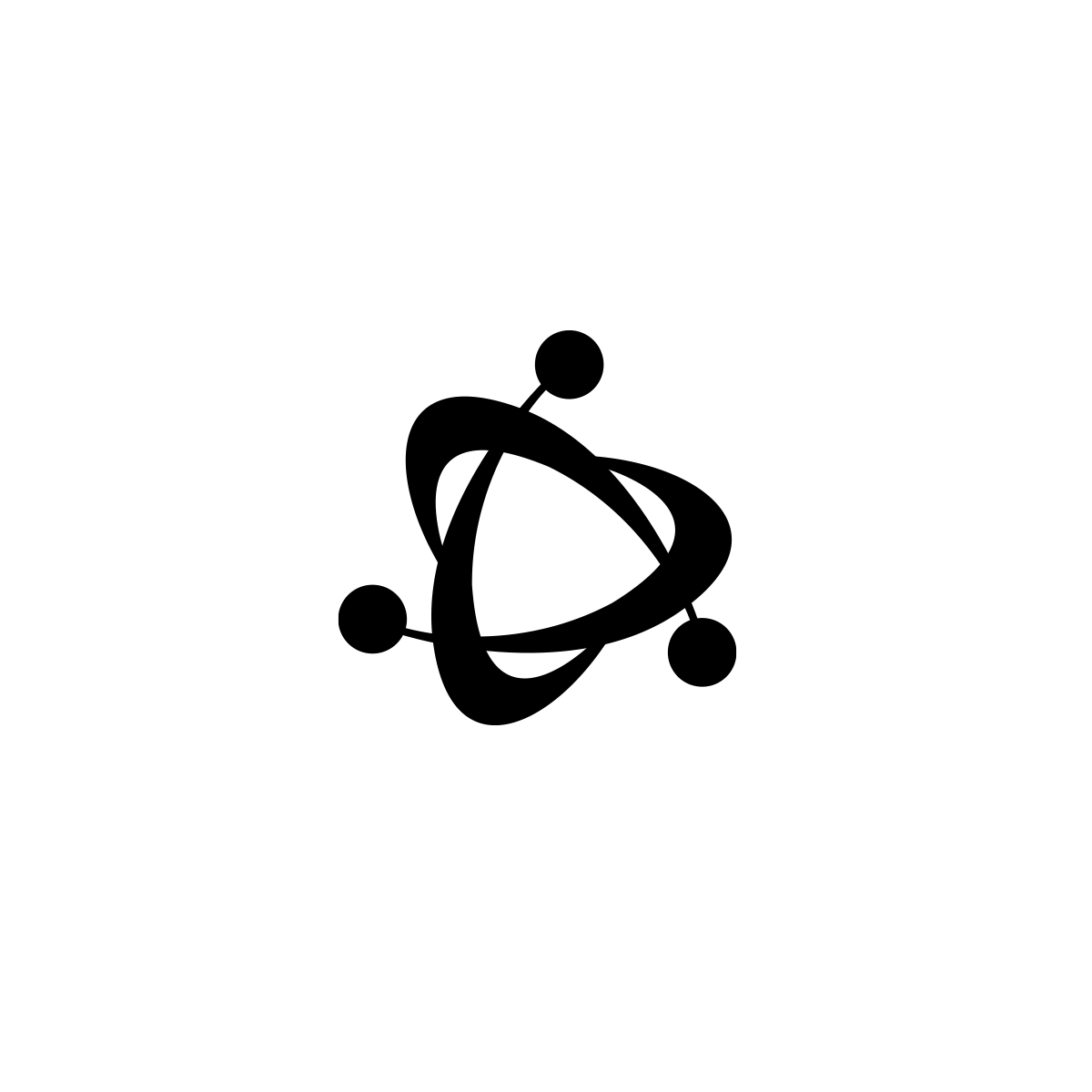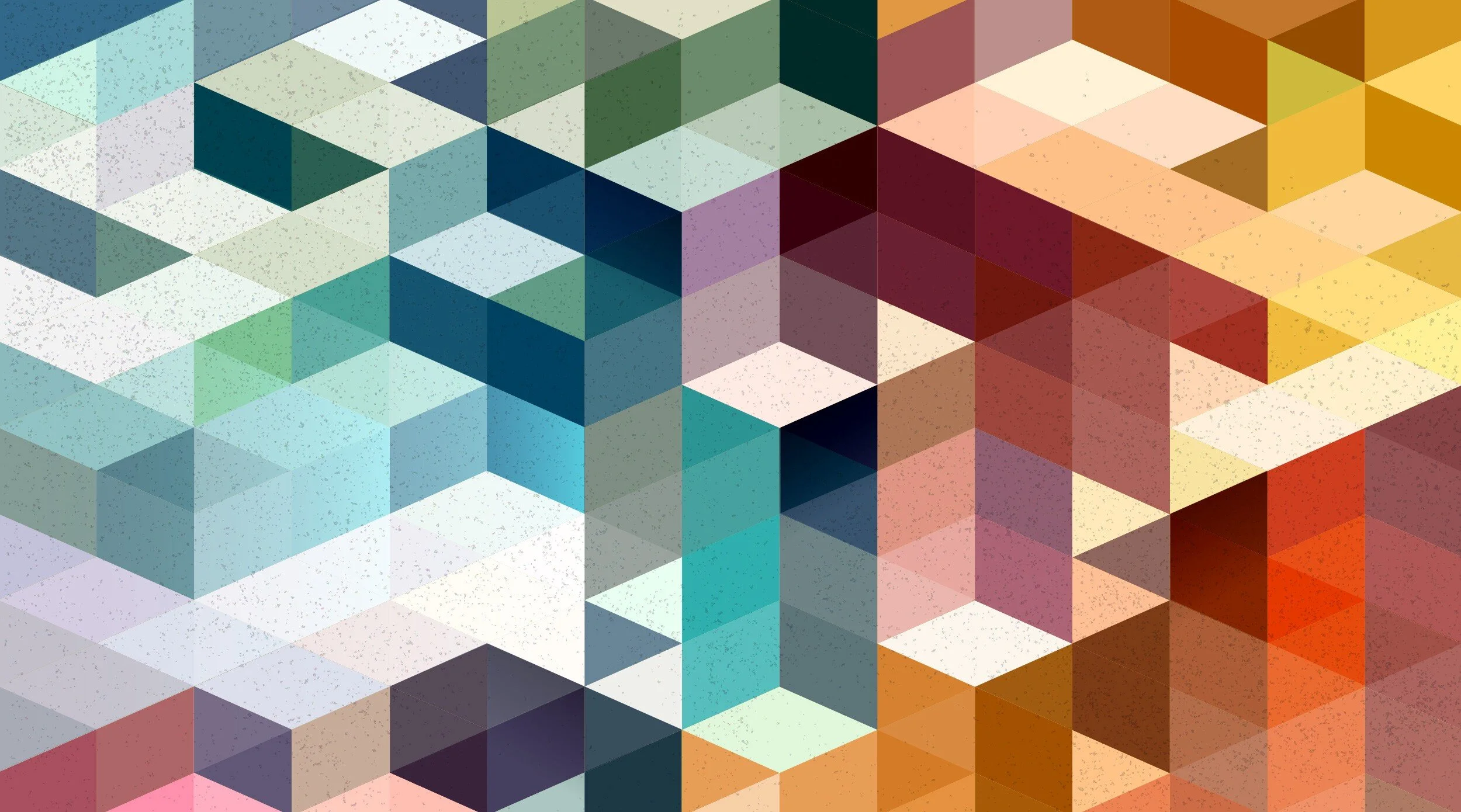Let's Change the Way We Design
/Sustainable design empowers us to reshape our world, addressing urgent challenges like climate change and social inequality through thoughtful creation. As designers, we wield the transformative ability to reimagine products, spaces, and systems with an eye toward environmental stewardship and social responsibility.
Read More





















